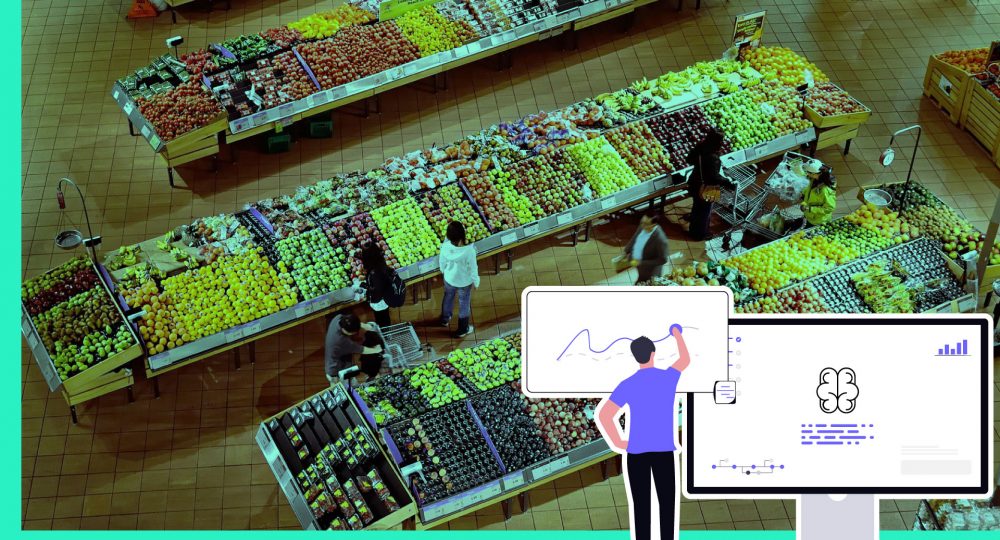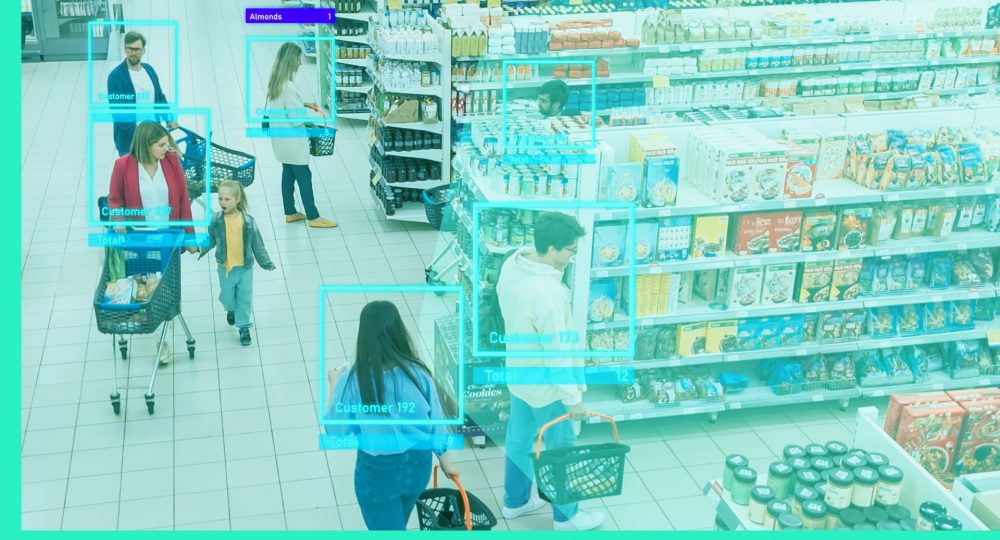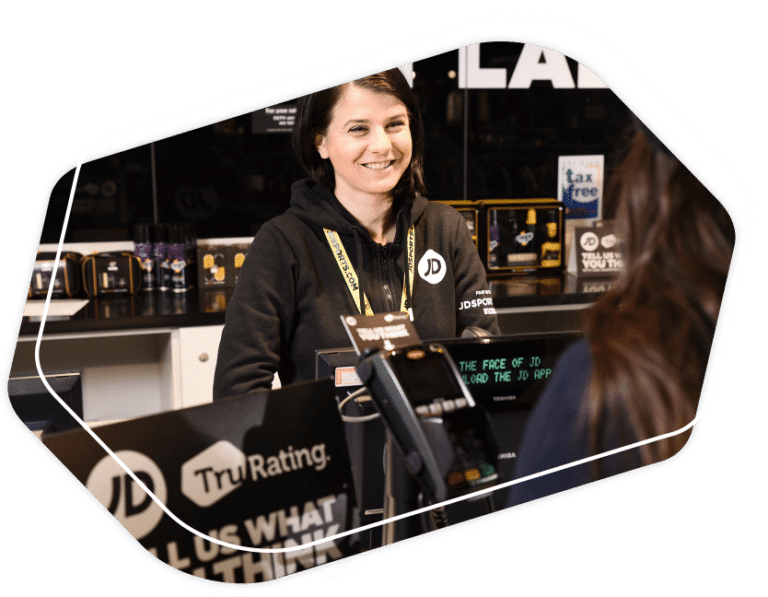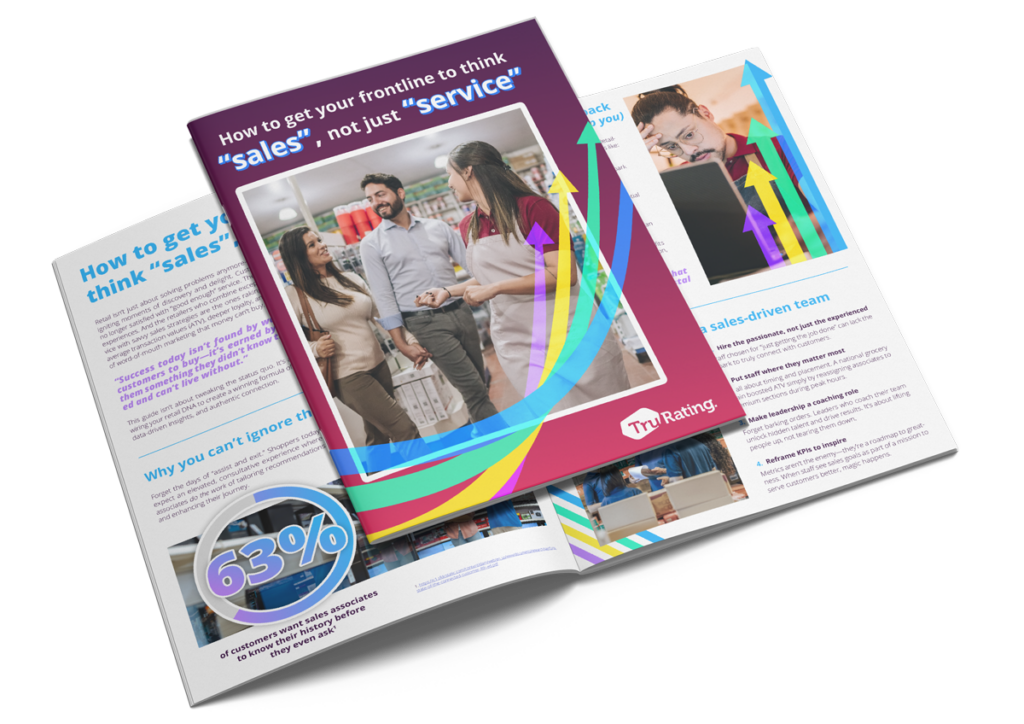
Self-checkout remains one of the most debated innovations in retail, praised for its speed and autonomy yet criticized for its complexity and cost. The advantages of self-checkout are clear: faster service, reduced labor expenses, valuable customer data, and more control for shoppers who prefer independence. At the same time, the disadvantages of self-checkout systems, including higher theft risk, technical issues, and a loss of personal interaction, have prompted retailers and lawmakers alike to reconsider how the technology is deployed.
That debate has recently intensified across the United States. In September 2025, Long Beach, California, passed a first-of-its-kind “Safe Stores are Staffed Stores” ordinance, limiting self-checkout to 15 items per kiosk and requiring at least one employee to monitor every three stations. Many local stores have since closed self-checkout lanes altogether due to staffing challenges. Meanwhile, major retailers such as Target and Walmart have scaled back or capped their self-checkout programs in response to mounting losses and new state-level labor requirements.
These developments highlight the crossroads facing modern retail. Self-checkout’s promise of convenience and efficiency now competes with growing concerns over security, customer satisfaction, and store profitability. In this article, we’ll explore both the advantages and disadvantages of self-checkout in retail, uncovering what the latest data, regulations, and consumer trends mean for the future of automated shopping.
Download our self-checkout report to discover how your retail strategy can evolve with the latest trends in self-checkout technology.
Advantages of self-checkout
1. Quicker checkout
One of the primary advantages of self-checkout systems is their speed. Our recent Retail Technology Report, which contains insights from over 100,000 consumers, found that speed was the most important factor for customers using self-checkout. However, what consumers define as “fast” or “easy” varies wildly, depending on whether you find self-checkout a total breeze or a bewildering nightmare—or what you’ve come in to buy. Within every vertical we looked at, checkout preference was split.
Download the Retail Technology Report
2. Reduced labor costs
Implementing self-checkout systems can significantly reduce labor costs for retailers. With fewer cashiers needed at traditional checkout stations, businesses can reallocate resources more efficiently. One employee can supervise multiple self-service registers, contributing to cost savings without compromising service quality.
3. Enhanced customer experience
Many customers prefer the convenience and autonomy offered by self-checkout systems. Self-checkouts provide a sense of empowerment to customers, allowing them to complete transactions at their own pace. According to recent findings from NCR Voyix Corporation’s Digital Commerce Index, self-checkout is gaining momentum, with 43% of consumers prefer it over traditional checkout methods. Moreover, a generational analysis reveals that younger shoppers, particularly, are embracing self-checkout for its speed, shorter lines, and privacy benefits.
4. Space optimization
Self-checkout kiosks require less physical space than traditional cashier systems. By implementing these compact stations, retailers can optimize floor layout and allocate space for additional sales or services. This flexibility is particularly beneficial for smaller footprint stores seeking to maximize their retail space.
5. Better data gathering
Self-checkout systems allow retailers to gather valuable insights into customer behavior and preferences. Businesses can benefit significantly from integrating point-of-sale feedback solutions, such as TruRating. These solutions help collect real-time customer feedback during checkout, allowing retailers to make informed decisions about their product offerings, pricing strategies, and overall service improvements. This data is crucial for enhancing the shopping experience and driving customer satisfaction.
6. Customized promotions and offers
Self-checkout systems can be integrated with loyalty programs and customer databases to deliver personalized promotions and offers based on individual purchasing history and preferences. By tailoring promotions to specific customers, retailers can increase customer engagement, encourage repeat purchases, and foster brand loyalty.
7. More customer privacy
Self-checkout offers customers a sense of privacy by allowing them to complete transactions without the need for direct interaction with store staff. This privacy is particularly valued by shoppers who prefer discretion when purchasing certain items or those who prefer minimal social interaction during their shopping experience.
Disadvantages of self-checkout
1. Increased risk of theft
One of the primary concerns associated with self-checkout systems is the heightened theft risk. According to a recent Financial Times report, retail chains experienced a surge in theft incidents, leading to significant financial losses and operational disruptions. Adopting self-checkout systems and reduced staff presence creates vulnerabilities that opportunistic thieves and criminal groups exploit.
2. High up-front costs
While self-checkout systems offer long-term benefits, they often require substantial initial investments. Additionally, ongoing maintenance and security expenses further contribute to the total cost of ownership, posing financial challenges for some retailers.
3. Customer confusion and choice
Not all customers are comfortable using self-checkout systems, leading to potential confusion and frustration. Generational differences in technology adoption underscore the importance of user-friendly interfaces and comprehensive customer support.
In our previous TruRating SCO Report, we found that customers generally reported a better experience when using manned terminals. However, problems arise when customers perceive self-checkout as the only option. As many as 1 in 5 customers reported issues with the ease of self-checkout, and customers may not appreciate the convenience factor if it feels like it’s being forced on them. It was also observed that customers spent 29% less when they felt like self-checkout was the only choice.
4. Impersonal experience
While self-checkout systems offer efficiency, they may lack the personal touch of traditional cashier interactions. For retailers, this could diminish opportunities for upselling, cross-selling, and fostering customer loyalty. Maintaining a balance between automation and personalized service is essential to meeting customers’ diverse needs.
5. Lack of human contact
For some consumers, the absence of human interaction at self-checkout stations can detract from the overall shopping experience. Human contact is crucial in building rapport and trust between retailers and customers. By solely relying on self-service options, retailers risk alienating segments of their customer base who value interpersonal connections.
6. Technical issues and maintenance costs
Self-checkout systems are prone to technical glitches and hardware malfunctions, disrupting the checkout process and frustrating customers. Retailers must invest in regular maintenance and repairs to ensure the reliability of these systems, adding to operational costs. Additionally, prolonged downtime due to technical issues can result in lost sales opportunities and damage the retailer’s reputation.
7. Complexity for certain items
Self-checkout can pose challenges for customers when handling complex or non-standard items that require additional verification or assistance. Products with irregular shapes, damaged barcodes, or age-restricted items may trigger errors or prompts during checkout, leading to frustration and delays. Moreover, customers may need help to weigh produce or input customizations for certain items, further complicating the self-checkout experience.
The future of self checkout?
Self-checkout remains a polarizing topic in retail. While the technology offers clear advantages—speed, cost savings, and enhanced customer privacy—it is not without its challenges. Issues like increased theft, upfront costs, and technical glitches continue to raise concerns for both retailers and shoppers. At its core, the debate centers on balancing convenience with personal service.
For retailers looking to make informed decisions about implementing or optimizing self-checkout, TruRating’s new Self-Checkout Report provides valuable insights into consumer preferences and behavior. By leveraging real-time data and customer feedback, you can fine-tune your approach to deliver a seamless, customer-centric checkout experience.
Download the report today to discover how your retail strategy can evolve with the latest trends in self-checkout technology.
Useful resources
- Predictive analytics in retail – examples and strategies
- How technology is changing the retail industry
- Phygital in retail — bridging the gap between physical and digital CX
- 6 innovations retailers are investing in
- Webinar | Worth it or wasted? The retail tech investments connecting with consumers
Self-checkout FAQs
What is self-checkout?
Self-checkout is a retail technology that enables shoppers to scan, bag, and pay for their purchases without direct help from a cashier. Using touchscreen terminals and barcode scanners, customers complete their transactions independently while store staff supervise several kiosks at once.
How does self-checkout work?
Self-checkout stations use barcode scanners, weighing scales, and payment devices to guide customers through the transaction process. After scanning items, shoppers confirm totals, apply discounts or loyalty rewards, and pay by card or mobile wallet. Attendants monitor the systems to approve age-restricted items and assist with errors.
Why do retailers use self-checkout systems?
Retailers adopt self-checkout to reduce queuing times, reallocate staff to customer service roles, and collect more data on shopping behavior. The technology supports higher throughput during peak periods and offers a convenient option for customers who prefer autonomy when completing purchases.
Do customers prefer self-checkout or staffed checkouts?
Customer preference varies by age, store type, and purchase size. Many shoppers value the speed and privacy of self-checkout, while others favor human interaction or find the technology confusing. Providing both options generally achieves the highest satisfaction and flexibility for different customer needs.
How secure is self-checkout?
Modern self-checkout systems use cameras, weight sensors, and software alerts to detect scanning errors or potential theft. While shrinkage remains a concern, improved machine learning, staff supervision, and frequent audits help minimize losses and maintain transaction integrity.
What are the common challenges with self-checkout?
Typical challenges include technical glitches, mis-scans, difficulties with produce or age-restricted items, and customer frustration when help is unavailable. Ongoing maintenance, intuitive design, and clear assistance protocols are key to maintaining reliability and trust in the system.
How can retailers improve the self-checkout experience?
Retailers can improve self-checkout by simplifying interfaces, ensuring staff visibility, and using real-time feedback to identify friction points. Tools like TruRating capture quick, in-the-moment feedback at the checkout, allowing retailers to measure ease of use, staff helpfulness, and satisfaction after every transaction. Monitoring trends in customer sentiment alongside metrics like error rates and transaction times helps refine design, training, and placement decisions for a smoother experience.
What is the future of self-checkout?
The next generation of self-checkout will integrate AI item recognition, mobile scan-and-go, and contactless payments to make the process faster and more intuitive. Retailers are focusing on hybrid models that combine automation with optional human support to deliver a smoother, more flexible checkout experience.












